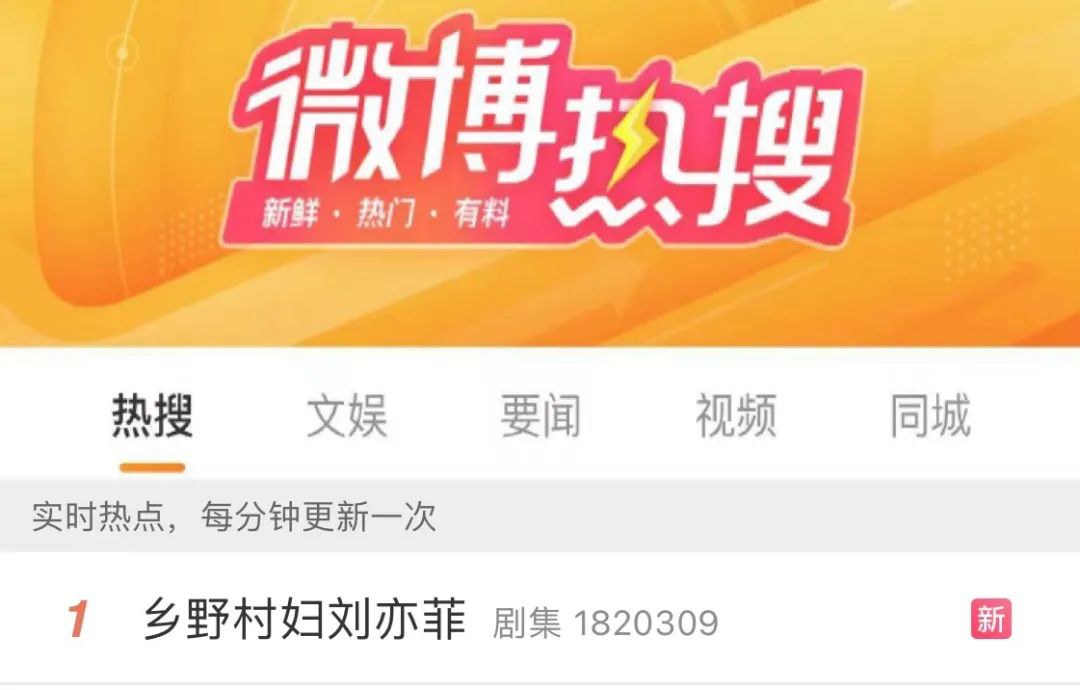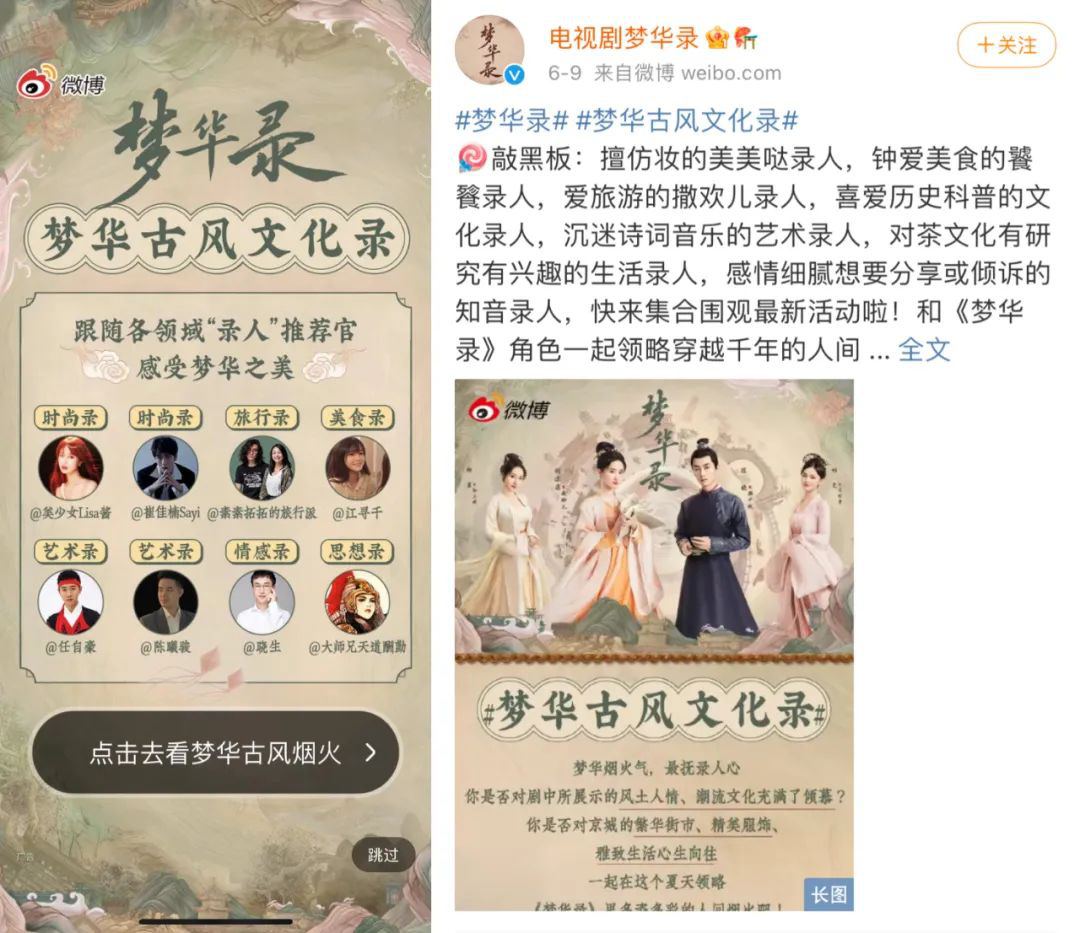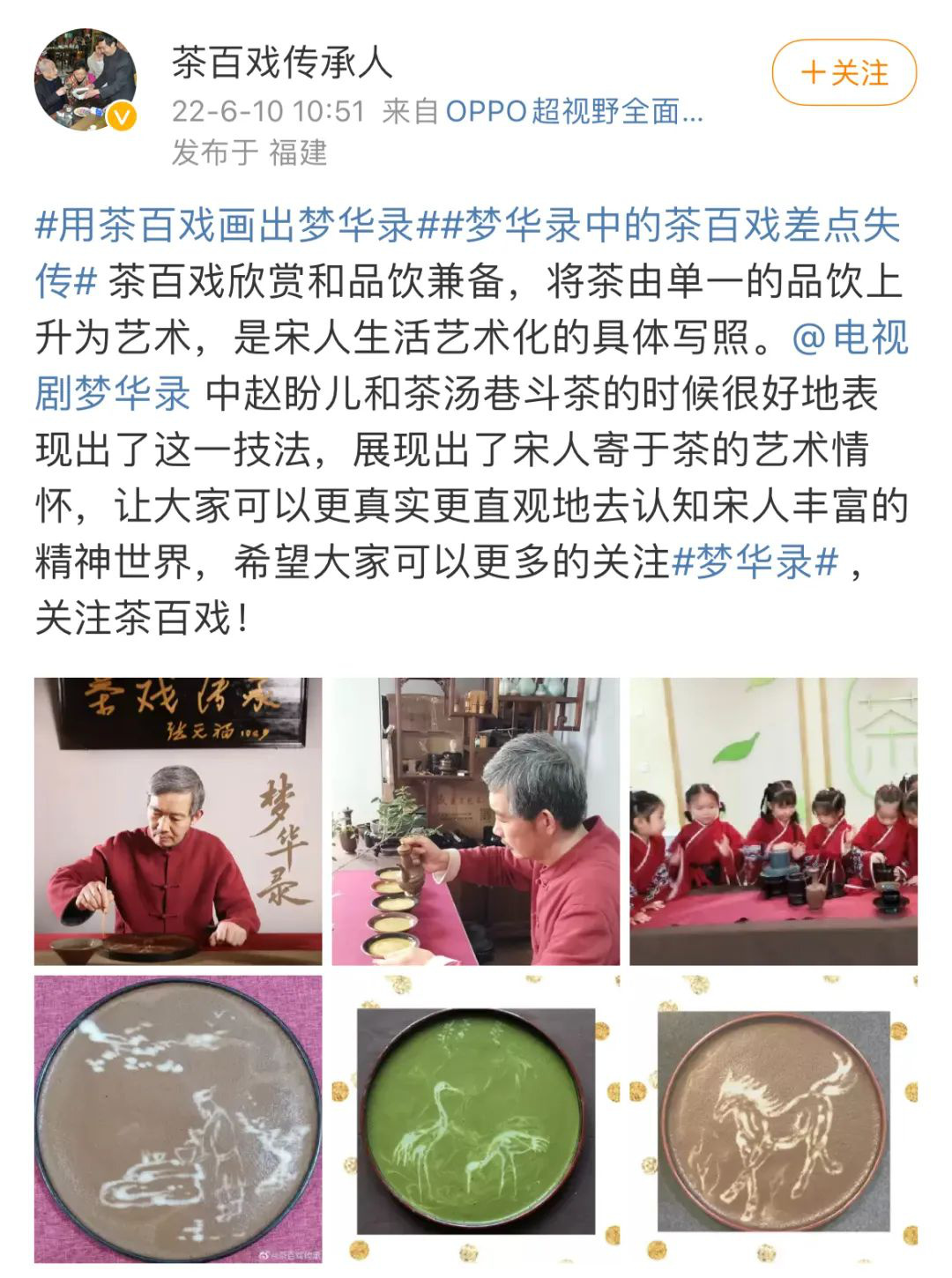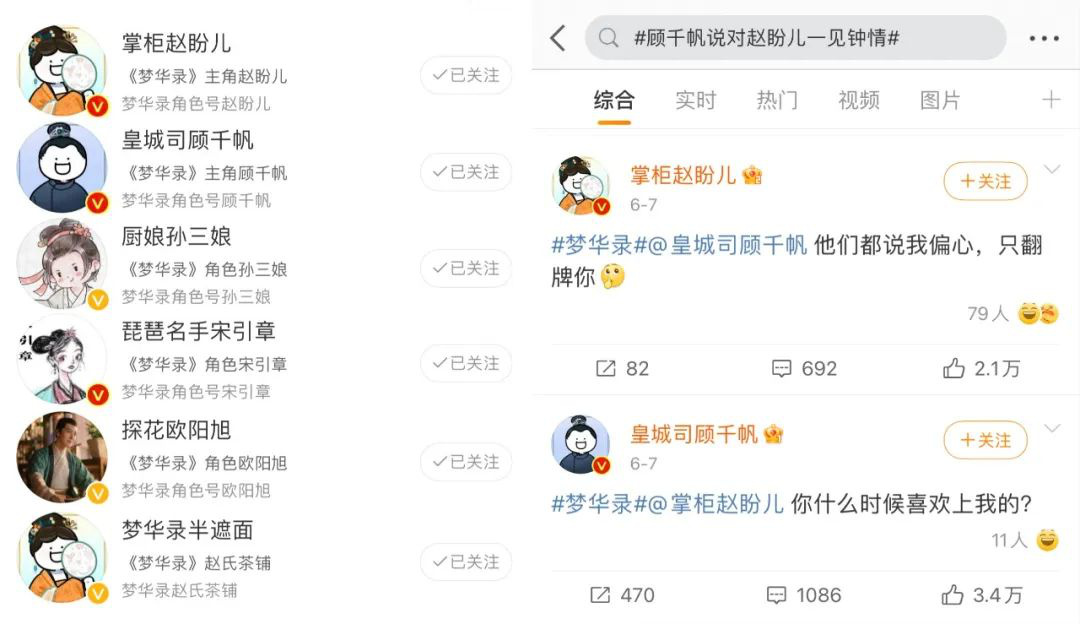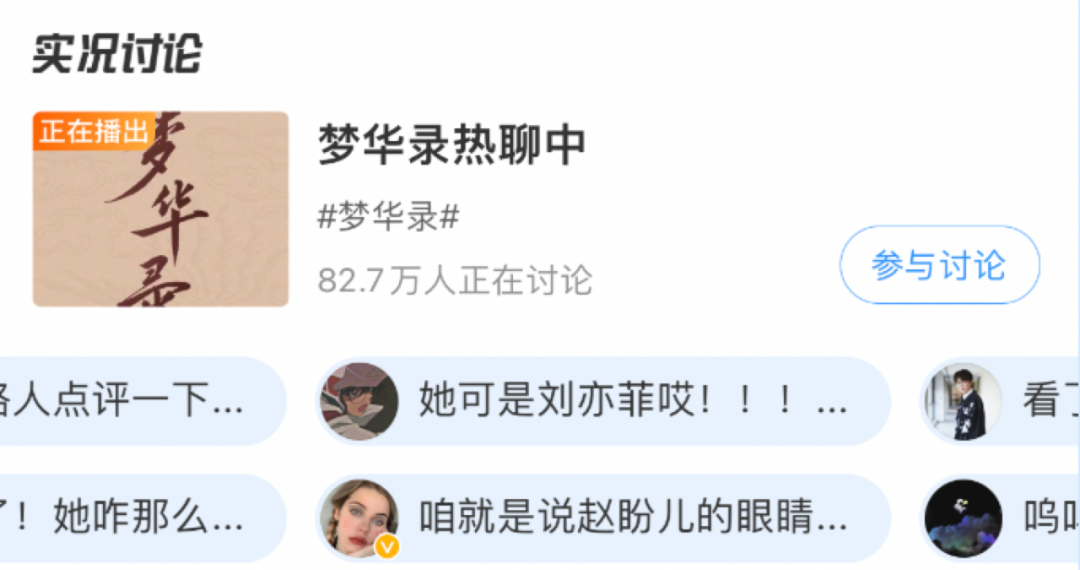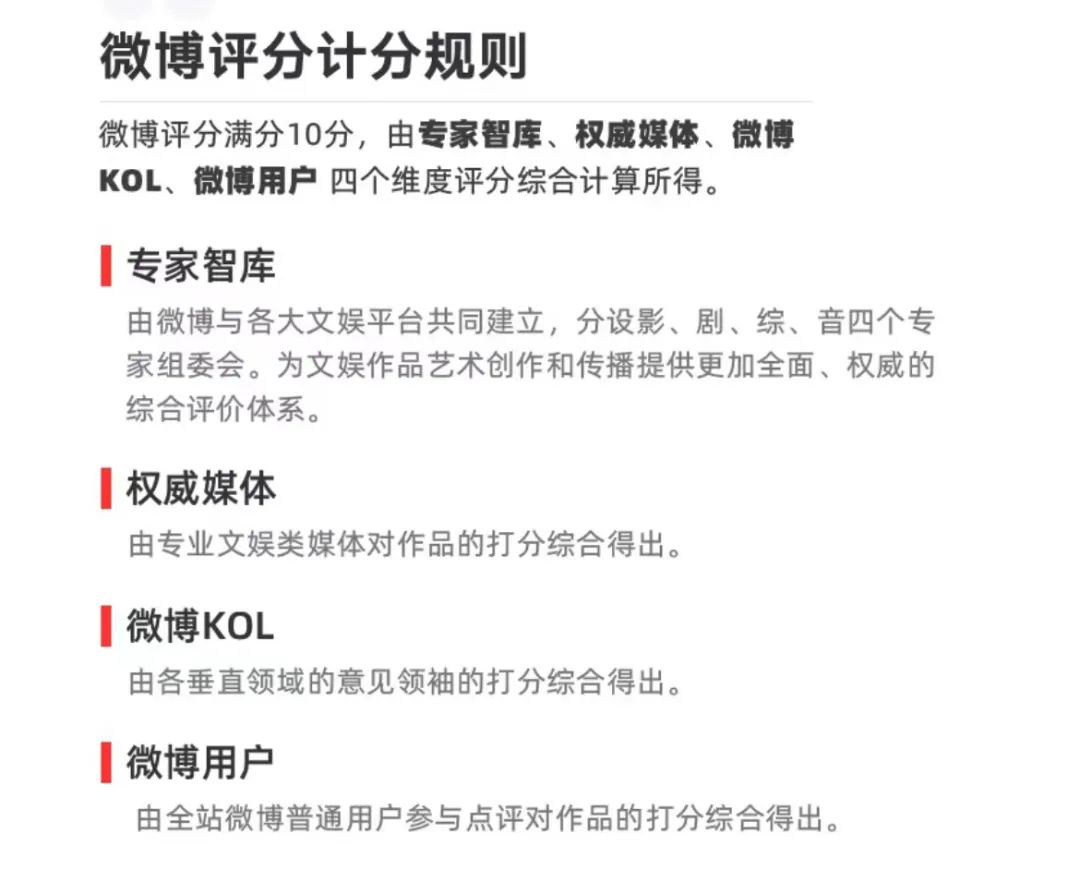 Cctv newsAccording to the website of the National Bureau of Statistics, according to preliminary accounting, the GDP in the first three quarters was 59,328.8 billion yuan, up 6.9% year-on-year at comparable prices, and the growth rate was the same as that in the first half of the year, 0.2 percentage points faster than that in the same period of the previous year. In terms of industries, the added value of the primary industry was 4,122.9 billion yuan, a year-on-year increase of 3.7%; The added value of the secondary industry was 23,810.9 billion yuan, an increase of 6.3%; The added value of the tertiary industry was 31,395.1 billion yuan, an increase of 7.8%. In the third quarter, the gross domestic product increased by 6.8% year-on-year, and the economy operated in the range of 6.7-6.9% for nine consecutive quarters, maintaining medium and high-speed growth.
Cctv newsAccording to the website of the National Bureau of Statistics, according to preliminary accounting, the GDP in the first three quarters was 59,328.8 billion yuan, up 6.9% year-on-year at comparable prices, and the growth rate was the same as that in the first half of the year, 0.2 percentage points faster than that in the same period of the previous year. In terms of industries, the added value of the primary industry was 4,122.9 billion yuan, a year-on-year increase of 3.7%; The added value of the secondary industry was 23,810.9 billion yuan, an increase of 6.3%; The added value of the tertiary industry was 31,395.1 billion yuan, an increase of 7.8%. In the third quarter, the gross domestic product increased by 6.8% year-on-year, and the economy operated in the range of 6.7-6.9% for nine consecutive quarters, maintaining medium and high-speed growth.
First, the grain production situation is good, and the animal husbandry is growing steadily.
The total output of summer grain in China was 140.52 million tons, an increase of 1.31 million tons or 0.9% over the previous year. The total output of early rice was 31.74 million tons, a decrease of 1.04 million tons or 3.2% over the previous year. Autumn grain is expected to get a good harvest. In the first three quarters, the output of pork, cattle, sheep and poultry was 58.77 million tons, up 0.8% year-on-year, of which the output of pork was 37.17 million tons, up 0.7%. The number of live pigs was 427.97 million, a year-on-year decrease of 0.8%; 482.24 million pigs were slaughtered, an increase of 0.6%.
II. Accelerating the development of industrial production and improving the efficiency of structural optimization.
In the first three quarters, the added value of industrial enterprises above designated size increased by 6.7% year-on-year, and the growth rate was 0.7 percentage points faster than that of the same period of last year. In terms of economic types, the added value of state-owned holding enterprises increased by 6.8%, collective enterprises increased by 0.3%, joint-stock enterprises increased by 6.8%, and foreign-invested enterprises from Hong Kong, Macao and Taiwan increased by 7.1%. In terms of three categories, the added value of mining industry decreased by 1.6% year-on-year, manufacturing industry increased by 7.3%, and electricity, heat, gas and water production and supply industries increased by 8.4%. In the first three quarters, the added value of high-tech manufacturing and equipment manufacturing increased by 13.4% and 11.6% respectively, which was 6.7 and 4.9 percentage points faster than that of industries above designated size. In the first three quarters, the production and sales rate of industrial enterprises above designated size reached 97.8%. In September, the added value of industrial enterprises above designated size increased by 6.6% year-on-year, 0.6 percentage points higher than that of the previous month and 0.56% higher than that of the previous month. In September, the purchasing managers’ index of manufacturing industry was 52.4%, 0.7 percentage points higher than last month, reaching the highest point since May 2012.
From January to August, the total profits of industrial enterprises above designated size nationwide reached 4,921.4 billion yuan, a year-on-year increase of 21.6%; The profit rate of main business income of industrial enterprises above designated size was 6.13%, an increase of 0.45 percentage points over the same period of last year. In August, the total profits of industrial enterprises above designated size increased by 24% year-on-year, 7.5 percentage points faster than last month.
Third, the service industry maintained rapid development, and the business activity index continued to improve.
In the first three quarters, the national service industry production index increased by 8.3% year-on-year, and the growth rate was 0.2 percentage points faster than the same period of last year. Among them, transportation, warehousing and postal services, information transmission, software and information technology services, leasing and business services grew rapidly. In September, the national service industry production index increased by 8.3% year-on-year, and the growth rate was the same as last month, 0.2 percentage points faster than the same month of last year. From January to August, the operating income of service enterprises above designated size increased by 13.5% year-on-year, 3.4 percentage points faster than the same period of last year; The operating profit of service enterprises above designated size increased by 22.8% year-on-year, accelerating by 22.4 percentage points year-on-year.
In September, the business activity index of service industry was 54.4%, 1.8 percentage points higher than that of last month and 2.1 percentage points higher than that of the same month of last year. The business activity indices of the wholesale industry, telecommunications, broadcasting, television and satellite transmission services, Internet and software information technology services, monetary and financial services, capital market services, insurance and other industries are all in the high boom zone of more than 60.0%. The new order index of service industry was 51.5%, and the expected index of business activities was 60.8%, which were 1.2 and 0.7 percentage points higher than that of last month respectively.
Four, the investment in fixed assets is stable and slightly slow, and the investment structure is adjusted and optimized.
In the first three quarters, the national investment in fixed assets (excluding farmers) was 458.478 billion yuan, up 7.5% year-on-year, and the growth rate dropped by 0.7 percentage points over the same period of last year. Among them, the state-owned holding investment was 16,816.4 billion yuan, an increase of 11.0%; Private investment was 27,752 billion yuan, up 6.0%, accounting for 60.5% of the total investment. By industry, the investment in the primary industry was 1,497.3 billion yuan, an increase of 11.8%; The investment in the secondary industry was 17,178.7 billion yuan, up by 2.6%, of which the investment in manufacturing industry was 14,081.9 billion yuan, up by 4.2%. Investment in the tertiary industry was 27,171.8 billion yuan, an increase of 10.5%. Infrastructure investment was 9,965.2 billion yuan, up by 19.8%, 0.4 percentage points faster than the same period of last year. Investment in high-end manufacturing and technological transformation of enterprises grew rapidly, while investment in high-energy-consuming industries slowed down. In the first three quarters, investment in high-tech manufacturing, equipment manufacturing and technological transformation of manufacturing increased by 18.4%, 8.3% and 12.1% respectively, while investment in high-energy-consuming manufacturing decreased by 1.9%. The investment in fixed assets reached 45.7 trillion yuan, up 3.3% year-on-year, and the growth rate was 1.9 percentage points faster than that in the first half of the year. The planned total investment of newly started projects is 37,634.7 billion yuan, up 2.4% year-on-year. From the ring comparison, investment in fixed assets (excluding farmers) increased by 0.56% in September compared with the previous month.
V. Investment in real estate development grew steadily, and the area of commercial housing for sale continued to decrease.
In the first three quarters, the national real estate development investment was 8,064.4 billion yuan, up 8.1% year-on-year, and the growth rate was 2.3 percentage points faster than that of the same period of last year. Among them, residential investment increased by 10.4%. The newly started housing area was 1,310.33 million square meters, up 6.8% year-on-year, of which the newly started residential area increased by 11.1%. The national commercial housing sales area was 1,160.06 million square meters, up by 10.3%, of which the residential sales area increased by 7.6%. The sales volume of commercial housing nationwide was 9,190.4 billion yuan, up by 14.6%, of which residential sales increased by 11.4%. The land acquisition area of real estate development enterprises was 167.33 million square meters, a year-on-year increase of 12.2%. At the end of September, the area of commercial housing for sale nationwide was 611.4 million square meters, a decrease of 12.12 million square meters from the end of last month. In the first three quarters, real estate development enterprises received 11,309.5 billion yuan in funds, up 8.0% year-on-year.
Six, the market sales continued to grow rapidly, and the online retail growth was strong.
In the first three quarters, the total retail sales of social consumer goods was 26,317.8 billion yuan, up 10.4% year-on-year, and the growth rate was the same as that of the same period of last year. Among them, the retail sales of consumer goods above designated size was 11,775.1 billion yuan, an increase of 8.5%. According to the location of business units, the retail sales of urban consumer goods was 22,559.2 billion yuan, an increase of 10.1%; The retail sales of rural consumer goods reached 3,758.6 billion yuan, up by 12.1%. According to consumption types, catering revenue was 2,842.7 billion yuan, up by 11.0%; Retail sales of commodities reached 23,475.1 billion yuan, up by 10.3%, of which retail sales of commodities above designated size reached 11,071.7 billion yuan, up by 8.5%. Sales of consumption-upgraded goods grew rapidly, with sports and entertainment products increasing by 17.4%, cosmetics by 12.1% and building and decoration materials by 12.6%. In September, the total retail sales of social consumer goods increased by 10.3% year-on-year, 0.2 percentage points faster than the previous month and 0.90% higher than the previous month.
In the first three quarters, the national online retail sales reached 4,878.7 billion yuan, up 34.2% year-on-year, 8.1 percentage points faster than the same period of last year. Among them, the online retail sales of physical goods was 3,682.6 billion yuan, up by 29.1%, accounting for 14.0% of the total retail sales of social consumer goods, up by 2.3 percentage points year-on-year; Online retail sales of non-physical goods reached 1,196.1 billion yuan, an increase of 52.8%.
Seven, the rapid growth of imports and exports, foreign trade structure continued to improve.
In the first three quarters, the total import and export volume was 20,293 billion yuan, a year-on-year increase of 16.6%. Among them, the export was 11.163 billion yuan, an increase of 12.4%; Imports reached 9,129.9 billion yuan, up by 22.3%. Import and export balance, with a surplus of 2,033.1 billion yuan. The proportion of general trade import and export increased. In the first three quarters, the import and export of general trade increased by 18.1%, accounting for 56.6% of the total import and export, an increase of 0.7 percentage points over the same period of last year. Mechanical and electrical products are still the main export force. In the first three quarters, the export of mechanical and electrical products increased by 13.0%, accounting for 57.5% of the total export. Imports and exports with some countries along the Belt and Road increased rapidly. In the first three quarters, China’s imports and exports to Russia, Poland and Kazakhstan increased by 27.7%, 24.8% and 41.1% respectively. In September, the total import and export volume was 2,458.9 billion yuan, a year-on-year increase of 13.6%. Among them, exports were 1,326 billion yuan, up 9.0%; Imports reached 1,133 billion yuan, up by 19.5%.
In the first three quarters, industrial enterprises above designated size achieved a export delivery value of 9,427 billion yuan, a year-on-year increase of 10.7%. In September, industrial enterprises above designated size realized export delivery value of 1,190.6 billion yuan, an increase of 9.8%.
Eight, consumer prices rose moderately, and industrial prices fluctuated.
In the first three quarters, the national consumer price rose by 1.5% year on year. Among them, cities rose by 1.6% and rural areas rose by 1.1%. By category, the prices of food, tobacco and alcohol decreased by 0.6%, clothing by 1.3%, housing by 2.5%, daily necessities and services by 0.9%, transportation and communication by 1.1%, education, culture and entertainment by 2.5%, medical care by 5.7% and other goods and services by 2.6%. Among the prices of food, tobacco and alcohol, the price of grain increased by 1.5%, the price of pork decreased by 8.7%, and the price of fresh vegetables decreased by 8.8%. In September, the national consumer price rose by 1.6% year-on-year, down 0.2 percentage points from the previous month and up 0.5% from the previous month.
In the first three quarters, the ex-factory price of industrial producers nationwide rose by 6.5% year-on-year. In September, the ex-factory price of industrial producers nationwide rose by 6.9% year-on-year, with an increase of 0.6 percentage points from the previous month and 1.0% from the previous month. In the first three quarters, the purchase price of industrial producers nationwide rose by 8.4% year-on-year; In September, it rose by 8.5% year-on-year and 1.2% quarter-on-quarter.
Nine, the income growth of residents accelerated, and the income gap between urban and rural areas continued to narrow.
In the first three quarters, the per capita disposable income of national residents was 19,342 yuan, a nominal increase of 9.1% year-on-year; After deducting the price factor, it actually increased by 7.5%, and the growth rate was 1.2 percentage points faster than the same period of last year. According to the place of permanent residence, the per capita disposable income of urban residents is 27,430 yuan, a real increase of 6.6% after deducting the price factor; The per capita disposable income of rural residents was 9778 yuan, a real increase of 7.5% after deducting the price factor. The per capita income difference between urban and rural residents was 2.81, 0.01 less than the same period of last year. The median per capita disposable income of the national residents was 16,780 yuan, a nominal increase of 7.4% year-on-year. The per capita consumption expenditure of the national residents was 13,162 yuan, a nominal increase of 7.5% year-on-year, and a real increase of 5.9% after deducting the price factor. At the end of the third quarter, the total number of rural laborers who went out to work was 179.69 million, an increase of 3.2 million or 1.8% over the same period of the previous year. In the third quarter, the average monthly income of migrant rural laborers was 3,459 yuan, an increase of 7.0%.
X. New progress has been made in structural reform on the supply side, and new steps have been taken in transformation and upgrading.
"Three to one, one drop and one supplement" is progressing smoothly. De-capacity was accelerated. In the first three quarters, the national industrial capacity utilization rate was 76.6%, an increase of 3.5 percentage points over the same period of last year. The effect of destocking was outstanding. At the end of September, the area for sale of commercial housing decreased by 12.2% year-on-year. The effect of deleveraging and cost reduction continued to appear. At the end of August, the asset-liability ratio of industrial enterprises above designated size was 55.7%, down 0.7 percentage points from the same period of last year. From January to August, the cost per 100 yuan of main business income of industrial enterprises above designated size was 85.68 yuan, a decrease of 0.12 yuan over the same period of last year. Investment in short-board areas grew rapidly. In the first three quarters, investment in ecological protection and environmental management, public facilities management and agriculture increased by 25.0%, 23.7% and 16.2% respectively, which was 17.5, 16.2 and 8.7 percentage points faster than the total investment.
The leading role of the service industry has been strengthened. In the first three quarters, the added value of the tertiary industry accounted for 52.9% of the GDP, which was 12.8 percentage points higher than that of the secondary industry. Consumption has become the main driving force of economic growth, and the contribution rate of final consumption expenditure to GDP growth in the first three quarters was 64.5%, an increase of 2.8 percentage points over the same period of last year. New kinetic energy accelerated its growth. In the first three quarters, the added value of industrial strategic emerging industries increased by 11.3% year-on-year, 4.6 percentage points faster than that of industries above designated size. Green development progressed steadily, and energy consumption per unit of GDP decreased by 3.8% year-on-year in the first three quarters.
Generally speaking, in the first three quarters, the national economy continued to develop steadily and steadily, and the favorable conditions to support the economy to maintain medium and high-speed growth and move towards the middle and high-end level continued to accumulate and increase, and the inclusiveness and sense of gain of development were significantly enhanced, laying a solid foundation for better achieving the expected goals of economic development throughout the year. However, we should also see that the international environment is still complicated and changeable, and the domestic economy is still in the period of structural adjustment, and the foundation for sustained improvement needs to be further consolidated. In the next stage, under the guidance of the spirit of the 19th National Congress of the Communist Party of China, we should thoroughly implement the decision-making arrangements of the CPC Central Committee and the State Council, pay close attention to policy implementation and reform, and comprehensively do a good job in stabilizing growth, promoting reform, restructuring, benefiting people’s livelihood and preventing risks, so as to promote sustained and healthy economic development and social harmony and stability.
























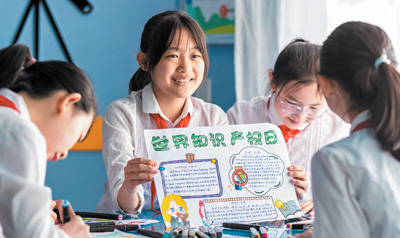
 Cctv newsAccording to the website of the National Bureau of Statistics, according to preliminary accounting, the GDP in the first three quarters was 59,328.8 billion yuan, up 6.9% year-on-year at comparable prices, and the growth rate was the same as that in the first half of the year, 0.2 percentage points faster than that in the same period of the previous year. In terms of industries, the added value of the primary industry was 4,122.9 billion yuan, a year-on-year increase of 3.7%; The added value of the secondary industry was 23,810.9 billion yuan, an increase of 6.3%; The added value of the tertiary industry was 31,395.1 billion yuan, an increase of 7.8%. In the third quarter, the gross domestic product increased by 6.8% year-on-year, and the economy operated in the range of 6.7-6.9% for nine consecutive quarters, maintaining medium and high-speed growth.
Cctv newsAccording to the website of the National Bureau of Statistics, according to preliminary accounting, the GDP in the first three quarters was 59,328.8 billion yuan, up 6.9% year-on-year at comparable prices, and the growth rate was the same as that in the first half of the year, 0.2 percentage points faster than that in the same period of the previous year. In terms of industries, the added value of the primary industry was 4,122.9 billion yuan, a year-on-year increase of 3.7%; The added value of the secondary industry was 23,810.9 billion yuan, an increase of 6.3%; The added value of the tertiary industry was 31,395.1 billion yuan, an increase of 7.8%. In the third quarter, the gross domestic product increased by 6.8% year-on-year, and the economy operated in the range of 6.7-6.9% for nine consecutive quarters, maintaining medium and high-speed growth.

